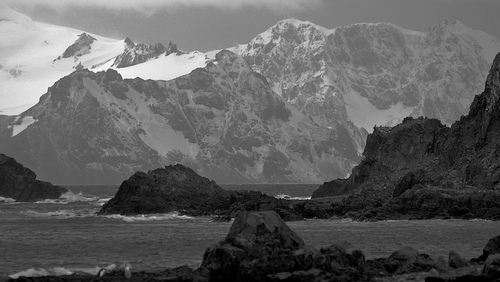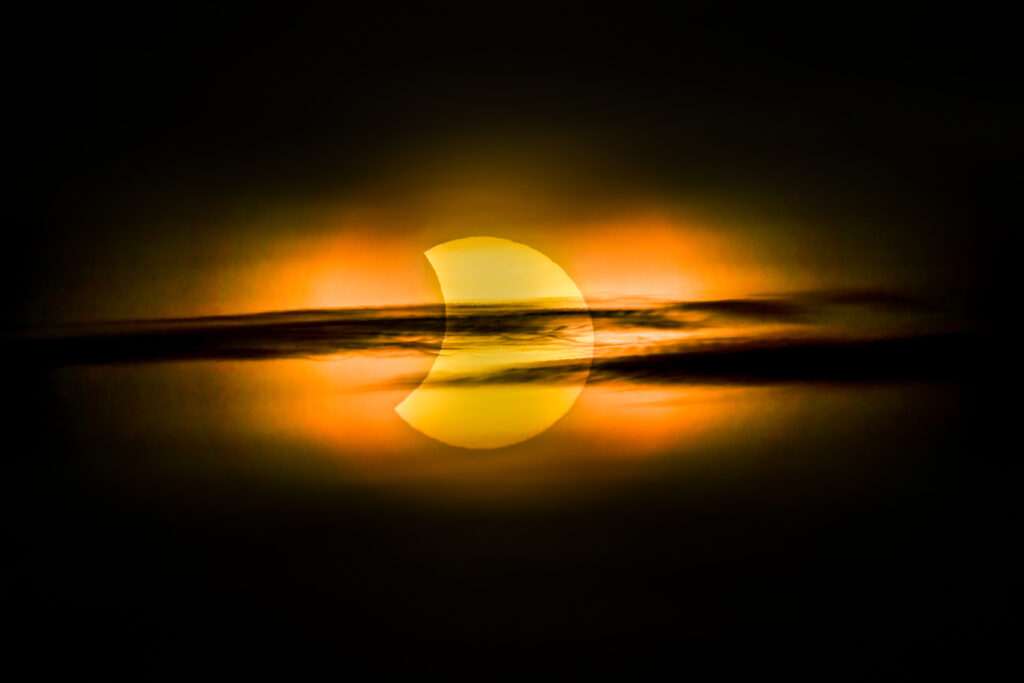As perhaps the worlds last remaining unspoiled and intact wilderness, Antarctica has many rules and regulations governing how people must behave in this pristine land, the one that always sticks with me is “Take nothing but pictures, leave nothing but footprints”. Despite it’s remoteness, more and more photographers are taking the opportunity to visit this visual paradise.

In early 2009, my wife and I were privileged enough to spend nearly two months sailing to and from the Antarctic peninsular, filming and photographing the spectacular scenery and wildlife that this continent has to offer. Antarctic cruising is a growing business and there are many ships to choose from, often departing from the remote Argentinian port of Ushuaia. If you do decide to go, you will need to choose your ship carefully. A number of major cruise lines advertise Antarctic cruises but in most cases the ships are too large to allow landings and so will be merely sight seeing cruises. To get ashore in Antarctica you will need to use one of the expedition ships. These take between 20 and 200 passengers and because of their smaller size and ice breaking capabilities will be able to access much more remote areas.
There are some major practicalities to be aware of for any trip to the white continent, firstly perhaps obviously, the cold. Although it will inevitably be summer when you go and the average daytime temperature of -2C may not seem so bad, there is virtually always a wind blowing, that plummets the wind chill down to as low as -30C. Layers of good warm clothing are needed. As my wife and I were part of the expedition team controlling the passengers we had to spend a lot of time ashore, my clothes would consist of long underpants, then a light cotton trousers overlaid with thick waterproof trousers. Up top a vest, two t-shirts, a light jumper a heavy jumper and warm waterproof sailing coat. Thermal gloves, good hat and waterproof boots are also essential. You will need to be physically fit, all landings are done in inflatable zodiacs are you will often need to clamber out of the zodiac, over cold slippery rocks.
In terms of photography, the first thing you will need is a comfortable and entirely waterproof camera bag, you will often get wet as the zodiac makes it’s way ashore. It will need to be big enough to take all the equipment you need for the landing as you will not be able to return to the ship. Be aware that you will need to acclimatize your lenses. Invariably when you leave the warmth of the ship into the freezing atmosphere outside, you will get condensation on the lens. The best policy I have found its to keep the camera and lenses in the camera bag during the ride ashore but to leave the lens caps off. This speeds up the evaporation of the condensation. Don’t try to wipe it off, you will prolong the process and be wiping water drops around the optics of your precious lenses. You will be shocked at how quickly your batteries will die. The cold massively reduces their output so you will need to carry spares and make sure they are all charged fully before going ashore.
In terms of equipment to take, you will be better off taking a pro level camera if only for the weather sealing. The weather can change in an instant with the wind whipping up sea spray, less well protected cameras are prone to fail. Also the pro levels DSLR’s generally have bigger better batteries. As this could well be a once in a lifetime experience, take a good range of lenses. For wildlife something up to 400mm would be ideal. A good wide angle to capture the stunning landscapes is also advisable.
Take some form of back-up, be it a laptop or hard drive image storage. No matter how many images you think you will take, you will take many more. Also because of the elements, card failure is a higher risk so have plenty of spares.
So what sort of things can you shoot there. Well the wildlife is beyond abundant, from several different types of penguin and seals to humpback whales and orca. Ornithologists will have a field day with the sheer variety of birds, its not uncommon to see the majestic Albatross on the way down. The icebergs are huge and make fantastic subjects, if possible, try to add a sense of scale to these behemoths. Watch your metering, the abundance of white can fool your meter, try to shoot to the right, but not over expose. Smaller beached icebergs can also make fantastic subjects, often exhibiting incredible blue colours.
The last piece of advice might seem odd for a photographer, but sometimes put the camera down and just look. Antarctica is so photogenic you may spend all your time shooting, and only when you get home realize you didn't really “see” anything of this spectacular and haunting place.





1 Comment
Those are excellent photos of Antarctica. Awesome!